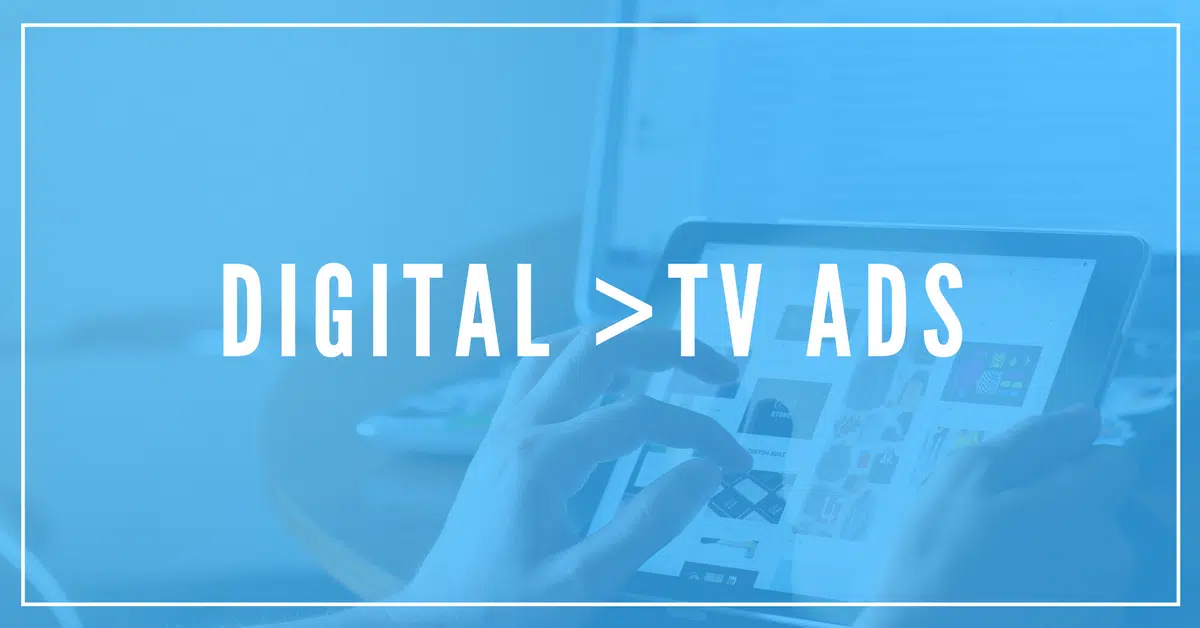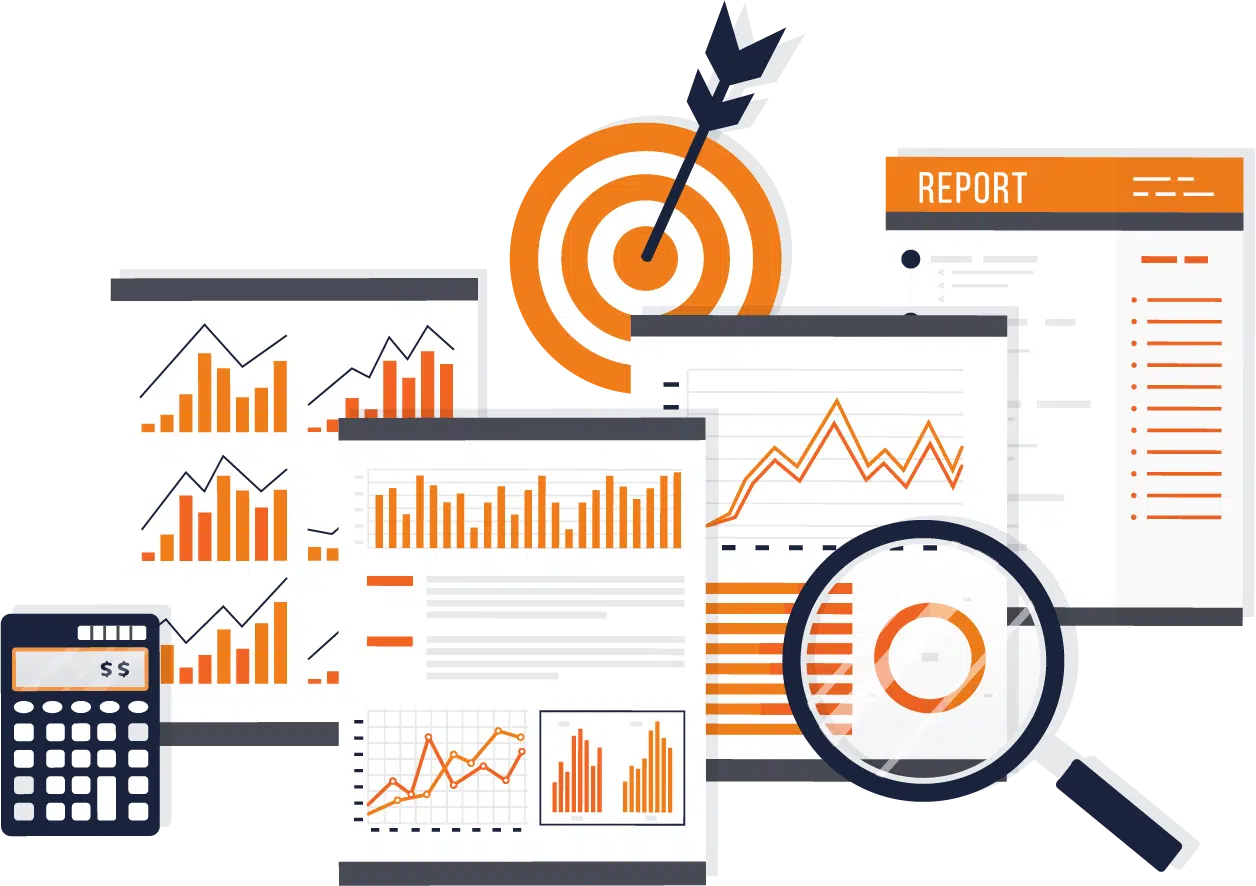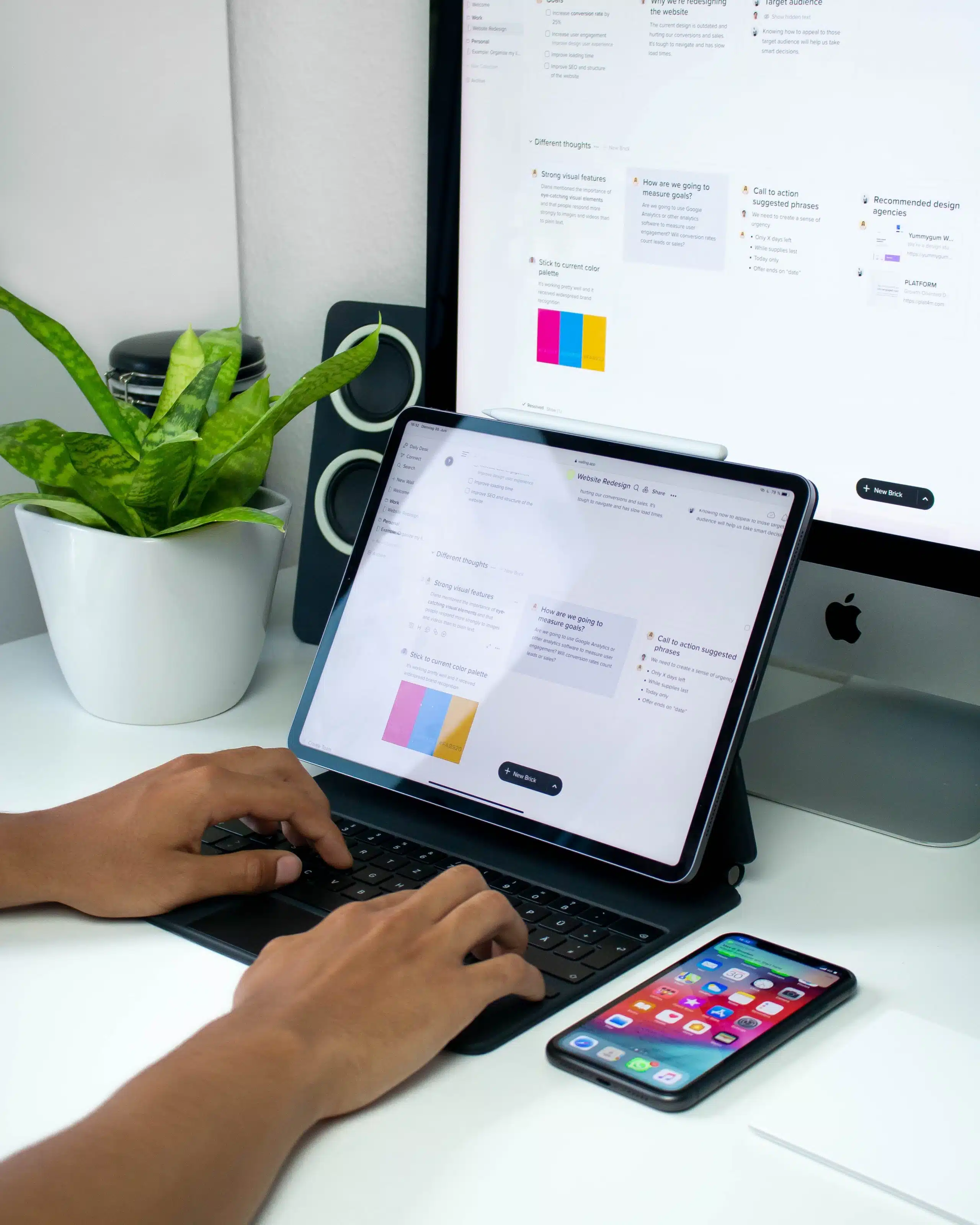Blog
-
by Joy Thompson

In the legal industry, standing out in a competitive market can be challenging, especially for injury law firms. With potential clients often searching for immediate lawyer assistance nearby, having a solid online presence is essential. This is where local SEO for lawyers (Search Engine Optimization) comes into play. But is read more
-
by Zach Hoffman

Attracting a steady flow of leads is critical for the success of any injury law firm. Whether you’re looking to grow your client base or solidify your reputation in a competitive market, implementing effective marketing strategies is essential. With the expertise of an injury marketing agency for law firms and read more
-
by Zach Hoffman

As an injury lawyer, attracting new clients is essential for the growth and success of your practice. With competition increasing and client expectations evolving, law firms must adopt effective strategies to secure injury leads. This article provides actionable insights into how to get morel injury clients in 2025, focusing on read more
-
by Zach Hoffman

According to reliable industry forecaster, Magna, advertising spend is projected to grow by 7.3% – surpassing $900 million. Events like the Presidential election and the Summer Olympics will play a part for many businesses as they attract larger-than-usual crowds this year. You may even be surprised that some of these read more
-
by Zach Hoffman

Whether your business is new in the world of online marketing or has been in it for a while, you probably know online marketing is always changing and evolving. What you may not know is how often search engines update their algorithm to better serve their users – sometimes resulting read more
-
by Zach Hoffman

Do Google reviews help SEO? On top of website copy, blog posts, and everything in between, small business owners trying to maintain an online presence face an uphill battle with such a crowded marketplace. Technology changes so quickly that keeping your name at the top of the search engine queue read more
-
by Zach Hoffman

You’ve heard about how important your law firm’s digital footprint is. But how do you know if investing in digital marketing for your law firm will be worth it? Digital marketing is much more analytical and detail-oriented than you may realize. There’s plenty of strategy, time, and effort that goes read more
-
by Zach Hoffman

Have you been thinking about investing in local SEO for your home service business? You should. More than half of consumers search for home services online before booking an appointment. Worried about what the competition is doing? You don’t need to be. Most home service consumers don’t even have a read more
-
by Zach Hoffman

The reality is that your law firm needs more leads and more clients…Now. But your marketing may have been put on the back burner. Whether your law firm has been busy keeping up with caseloads or simply focused on other efforts, it’s hard to bring in high-quality leads without a read more
-
by Zach Hoffman

Do you know the key differences between a custom website vs. a template? As a regular web user, you likely see both types of websites all the time without thinking about it too much. Before you decide fully on one or the other, it’s beneficial to know the differences between read more

